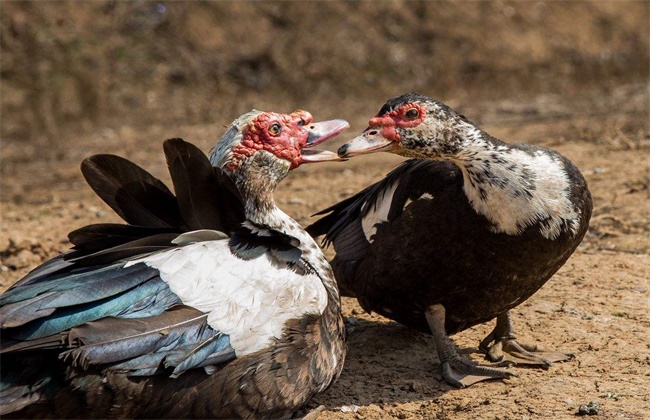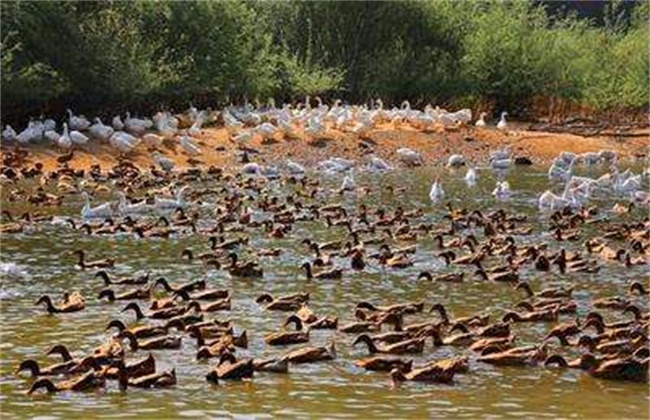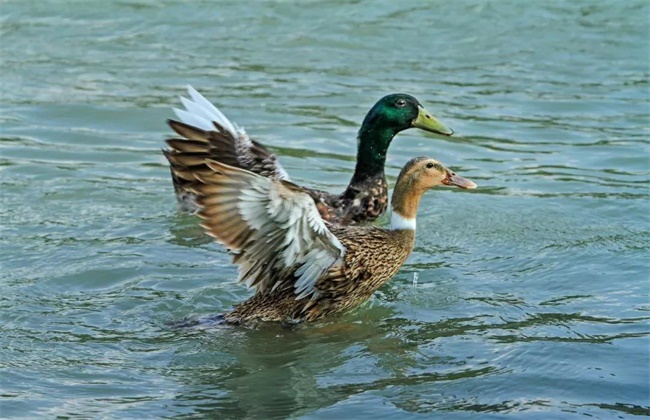Management techniques for moulting period of Muscovy Duck
Muscovy duck, also known as quail goose and musk duck, is different from other domestic ducks. it is a kind of duck poultry similar to goose and duck, which has good meat quality, fast growth, strong disease resistance and resistance to rough feeding, and is very popular. It will have a molting period when it grows, and it takes a long time to molt naturally, which will also have an impact on egg production, so many farms will adopt the method of forced molting. Let's take a look at the moulting management technology of Muscovy duck together with Xiaobian.

1. Molting time
Muscovy ducks generally have two laying periods. When the first laying period is over, muscovy ducks will naturally enter the moulting period. This period takes as long as three months before they can slowly resume laying eggs. This period is usually from the Beginning of Autumn to winter. The time is uncertain and long, so the artificial forced molting method will be adopted to make the molting neat and centralized, convenient for unified management, and the recovery laying period can be shortened by more than 20 days.
2. Prepare before moulting
When the laying rate of muscovy ducks drops below 15%, forced molting can be carried out. At this time, two things need to be done. First, male and female ducks are raised in groups. Males usually molt 2 weeks in advance. Then conduct a comprehensive health check on the ducks and pick out the frail individuals without forced molting or elimination in time.
3. Manual feathering
Artificial molting should first change the light intensity and duration, and adopt the method of low light illumination. During molting, all ducks stop feeding for 2-3 days, the first two days only supply sufficient drinking water, and the later one day, from the third or fourth weather, each Muscovy duck is fed 100 grams of feed for mature ducks once a day. After 6-7 days, you can grab several Muscovy ducks at random and try to pull out their wings. If the roots are dry, the feathers can be easily detached, and it is easier to pull them out. First pull out the main wing feather, and then pull out the blessing wing feather, and finally pull out the tail feather. If it is very difficult to pull out the feather, pull out the blood or meat, then delay it for 1-2 days, and make sure that the duck house is clean and hygienic when pulling out the feather.
4. Convalescent feeding
Can not enter the water within 5 days after plucking, lest the hair follicle infection and inflammation, plucking can be fed on the second day, feeding the breeding period feed, on the basis of the original 100 can be increased by 10 grams per day, until the feeding amount reaches 160 grams per day, maintained for one month. After 8 weeks of feathering, the feed should be mixed with half of the feed in the growing period and the feed in the laying period. In the 10th cycle, all the feeds were fed in the laying period, and the feeding amount was not controlled. In addition, there should be 9 hours of light per day in the 8th week, and then increase by 1 time per week until it reaches 1 hour per day.
The above is the Muscovy duck moulting period management technology introduction, hope to help you, want to know more related knowledge, please follow us.
Related
- On the eggshell is a badge full of pride. British Poultry Egg Market and Consumer observation
- British study: 72% of Britons are willing to buy native eggs raised by insects
- Guidelines for friendly egg production revised the increase of space in chicken sheds can not be forced to change feathers and lay eggs.
- Risk of delay in customs clearance Australia suspends lobster exports to China
- Pig semen-the Vector of virus Transmission (4)
- Pig semen-the Vector of virus Transmission (3)
- Five common causes of difficult control of classical swine fever in clinic and their countermeasures
- Foot-and-mouth disease is the most effective way to prevent it!
- PED is the number one killer of piglets and has to be guarded against in autumn and winter.
- What is "yellow fat pig"? Have you ever heard the pig collector talk about "yellow fat pig"?



